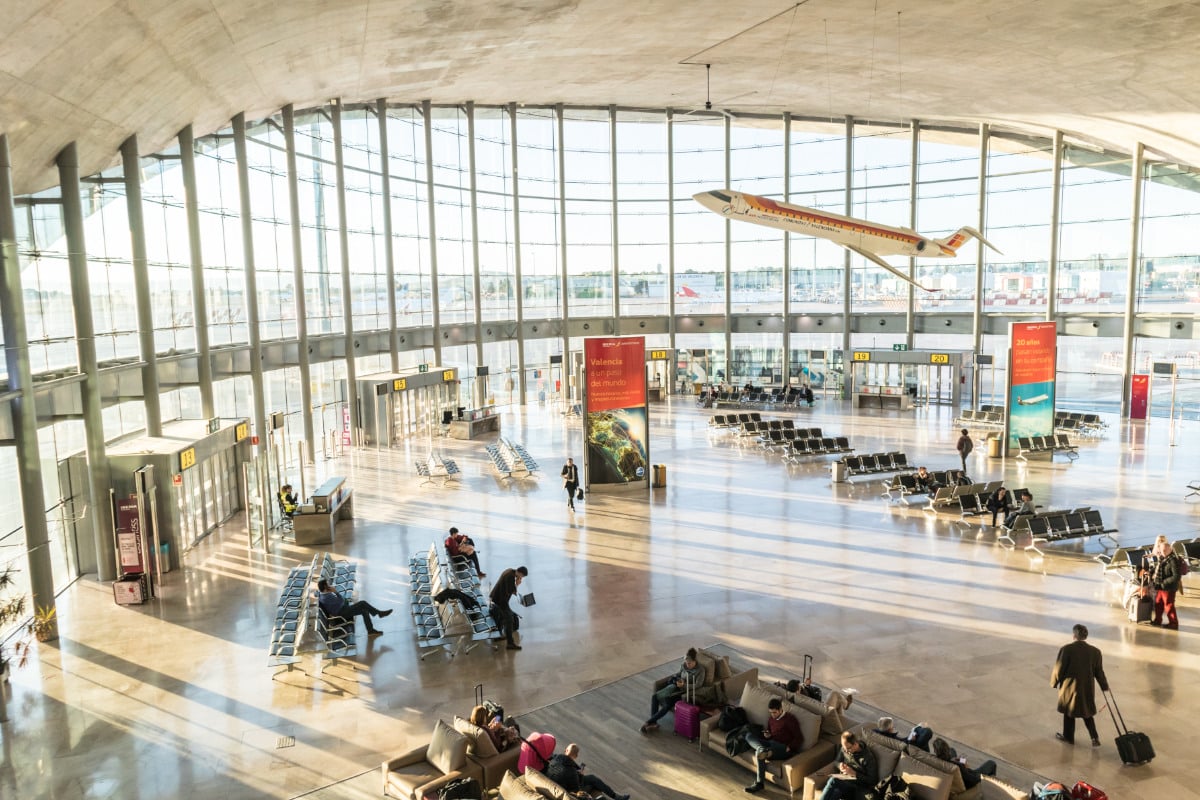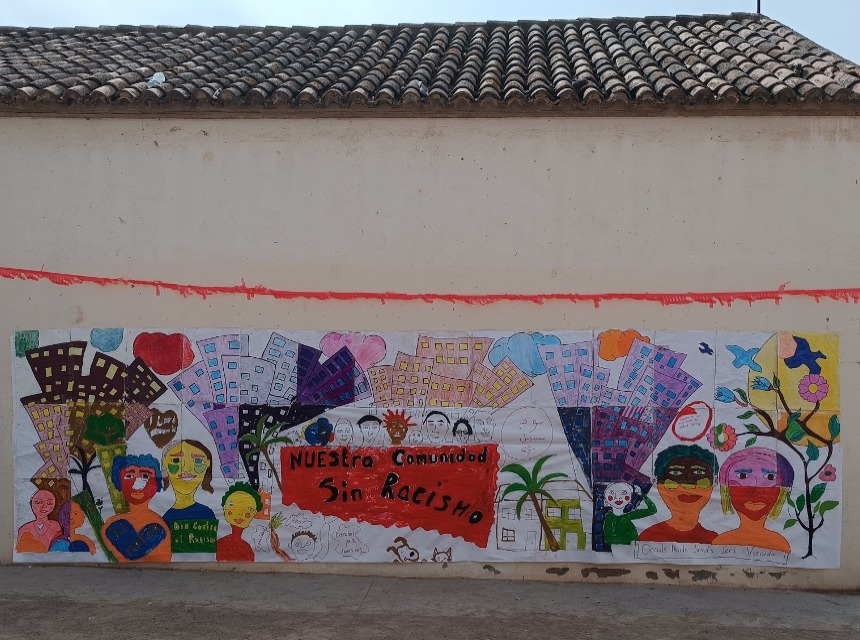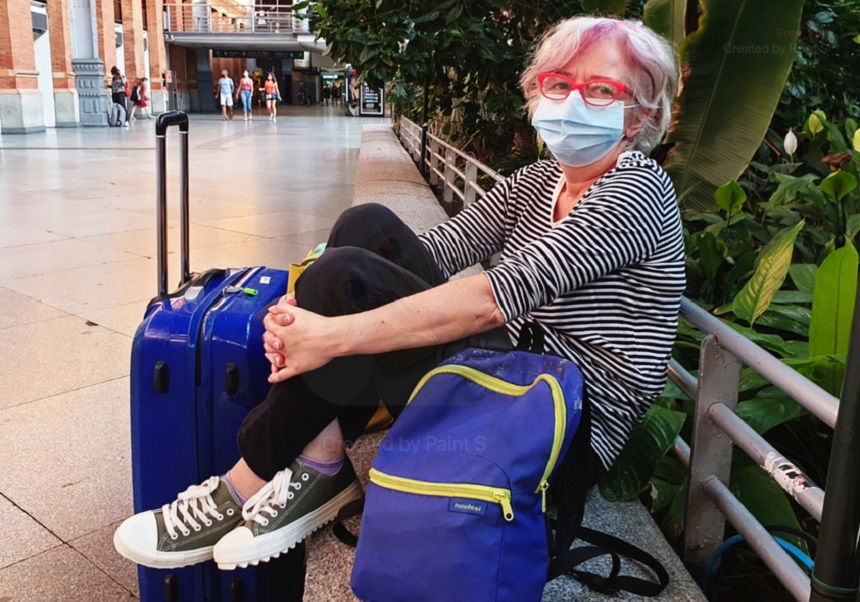
Lines of research
- Intercultural relations and glocalisation. This line is based on understanding relations in glocalised contexts, in the sense of locally manifesting global dynamic processes (commercialisation, geo-estrategic conflicts or socio-economic or socio-environmental crises, among others). Racism, xenophobia, and discriminatory practices that rely on the construction of alterity, are manifestations of the conflict that are dealt here, while forms of cooperation, reciprocity, relativism and solidarity suppose actions that work the opposite way. Social correlation, associations and social media are basic aspects of the insertion process both of immigrants and their children, that are focused from this line. What is more, we deal with construction processes of collective identification, from an intersectional perspective that, besides of their ethnicity, takes into account variables as gender, class, age and sexual orientation.
- Management of cultural diversity. We analyse management strategies from cultural diversity that make possible the generation of unified societies as a political response to diversity. These issues are dealt from a double axle: first, the multilevel governance and second, the relation between institutional framework and sociocultural dynamics. In this line we deepen in the design and elaboration of ethnic and cultural diversity plans or intercultural coexistence (municipal, university field...); the perspective of intersectionality between gender and cultural diversity and, finally, the challenge of considering the cultural diversity focus as a cross-sectional principle for it’s appliance in different fields and sectors.
- Urban insertion of immigrants. Process, space and actors. This line deals with the urban insertion of the immigrants inside the most general framework of transformations pushed forward by neoliberal urbanism, of gentrification and precariousness, and from a multidimensional and holistic perspective. In this line we deal with the evolution of residential insertion of immigrants, from popular central towns to working class peripheral towns, that today have the biggest proportion of neighbourhood from different origins. We analyse the access to the territorialized public services, schools, health and social services centres, as well as the dynamics generated to a town level. Another essential field on the urban insertion are the changes known in public spaces.
- Globalized rurality. Farming work, immigration and transformation of rural zones. Last decades, many farming areas have got to know a double process, axles of research on this line. On the one hand, the main paper of immigrant workers; on the other hand, the changes that their settlement and their families generate in the rural areas.
- Transnational mobility strategies. The Great Recession 2008-2014 and the covid-19 pandemic have demonstrated the sociocultural problems of our society under which a diversity of strategies of transnational mobility is activated, both from the native and the immigrant population: a) emigration of young native people that left with the Great Recession and that, in general, answer to a qualified profile; b) the remigration of immigrant population settled with possession of a Spanish nationality towards European or third countries; c) circular immigration of farming temporary workers in the Spanish field, specially from the East of Europe and the North of Africa; and d) the processes of return of native emigrants.
- Migrations and work market. Immigrant workers have inserted into a work market increasingly polarized and fragmented. Even though we have an extended heterogeneity of immigrant workers, the vast majority have inserted into the work market and the productive structure “below”, with a high sectorial concentration and poorly qualified jobs, with independence of the qualification of the person doing it. In this line we deal with this type of insertion and their work conditions, with temporarily taxes, over qualification and unemployment, very superior to the one from the native population. Our productive structure has been modified and, as in other European countries, we can qualify it as a ethno-fragmented structure in which the position occupied depends not only on qualifications and experience but also the ethno cultural origin.
- Intra-European migrations. The creation of the Schengen Area and the abolition of internal frontiers between states members of the European Union has pushed and easy new intra-European migration flows. Their specificity is the recognition for these migrants, in many cases, of very similar rights to the native population. This turns them into an updated version of the migration flow intern to every country. Inside the framework of this new mobility space we research the different existent migration flows: the consolidations of economic emigration from the South to the North of Europe, in the majority starred by young people; the ones from lifestyle migration from the North of Europe to the South and the most recent migrations from the East of Europe to the South, as well as the intern migrations to the South of Europe.
- Excluded Migrant Collectives. An immigration segment that confronts precariousness conditions and social exclusion. A social insertion in the margins that is manifested in different degrees of residential exclusion, social exclusion, administrative irregularity, economic activities of subsistence, etc. Gipsy migration constitutes in this sense a particular case. We are talking about a communitarian migration, of family character, with high levels of poverty and target of social stigmatization in origin and destiny. Taking these phenomena adequately results of special interest for the development of inclusive social politics.
- International migrations of retirement. This line is focused on the analysis of migrations starred by retired people and, therefore, of advanced age, mostly coming from North European countries (United Kingdom, Germany, France, Belgium, etc.). They are really numerous in the register of inhabitants, that usually are overlapped with touristic movements. They are mainly located on the Mediterranean coast, though the last years they have extended into the interior zones and the Cantabrian coast. For their origin, socio-economic and residential insertion of disperse character present insertion dynamics different from the ones starred by the economic immigration. This has meant to them that, occasionally, they are characterized as migrations on privilege conditions. The same way, they usually generate a associative scheme that gives way to different intragroup necessities, even if they also reverse on the reception society.
- Qualified migrations. This is a line of research with a high popularity and repercussion on social sciences from middle 20th century, in origin, with structuralist approaches that had a predominant weight in social sciences characterized by displacement such as "Brain Drain". After, the topic began to loose presence in the scientific field and in the politic agenda, but the last decades it has been vivified in renovated sceneries. Therefore, we must highlight: a) the consolidation of the global economy in which knowledge, information and technological innovation resulted on basic raw material for the economic growth; b) the increase of qualified migration, in absolute terms and relative to the volume of migration; c) the theoretical debate that has incorporated multidimensional focuses from a transnational perspective (for instance “Brain Circulation and Brain Exchange”); d) the map diversification of the qualified countries of origin and destiny; e) Spain has turned into a qualified migration flow exporter, mostly since the last economic crisis after the Lehman Brothers collapse.







